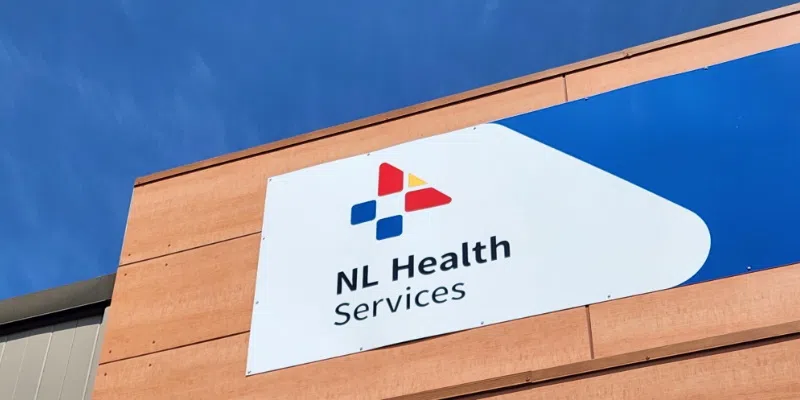In a significant overhaul of healthcare safety protocols, Newfoundland and Labrador Health Services has successfully implemented enhanced security measures across 25 health facilities throughout the province. The initiative, which began earlier this year amid growing concerns about healthcare worker safety, marks a substantial milestone in the organization’s commitment to creating safer environments for both patients and staff.
The security transformation includes the strategic placement of newly hired security officers at emergency departments, mental health units, and other high-risk areas within these facilities. According to Derek Simmons, Vice President of Clinical Services at NLHS, the health authority has made remarkable progress in its recruitment efforts.
“We’ve onboarded over 85% of our required security personnel,” Simmons explained during yesterday’s announcement. “This represents a critical investment in our healthcare infrastructure that directly addresses the concerns raised by frontline workers over the past several years.”
The security enhancement program was initiated following multiple reports of verbal and physical assaults against healthcare workers, a troubling trend that has been documented across Canada’s healthcare system. Medical professionals have increasingly voiced concerns about workplace safety, particularly in high-stress environments such as emergency departments.
Dr. Melissa Thornhill, an emergency physician at one of the newly secured facilities, expressed cautious optimism about the changes. “We’ve been advocating for increased security presence for years. While this is definitely a positive step, the real test will be how these measures translate into day-to-day safety improvements for everyone in our facilities.”
The security implementation includes not only personnel increases but also technological enhancements. Advanced surveillance systems, panic buttons, and restricted access controls have been installed at strategic locations throughout these facilities. These technological solutions complement the human security presence and provide multiple layers of protection.
NLHS officials confirm that security officers have undergone specialized training specifically designed for healthcare environments. This training emphasizes de-escalation techniques, mental health crisis intervention, and appropriate responses to medical emergencies—skills that distinguish healthcare security from other security roles.
The cost of this security overhaul, estimated at approximately $12 million annually, represents one of the largest non-clinical investments in the province’s healthcare system in recent years. Provincial Health Minister Tom Osborne defended the expenditure, noting that the cost of workplace injuries, staff turnover, and compromised patient care far exceeds the investment in preventative security measures.
Healthcare unions have cautiously welcomed the security enhancements while emphasizing that this should be viewed as part of a broader strategy to address workplace safety. “Security officers are an important component, but we also need to address the root causes of violence in healthcare settings, including inadequate staffing levels and increasing patient demands,” stated Lisa Dempster, representative of the provincial nurses’ union.
The remaining facilities scheduled for security enhancements are expected to be fully equipped by September, completing the province-wide rollout ahead of schedule. Health officials have indicated that comprehensive data collection on security incidents will help assess the effectiveness of these measures and inform future adjustments.
As healthcare systems across the country grapple with similar challenges, could Newfoundland and Labrador’s comprehensive approach to healthcare security serve as a template for other provinces facing the growing issue of workplace violence in medical settings?


















